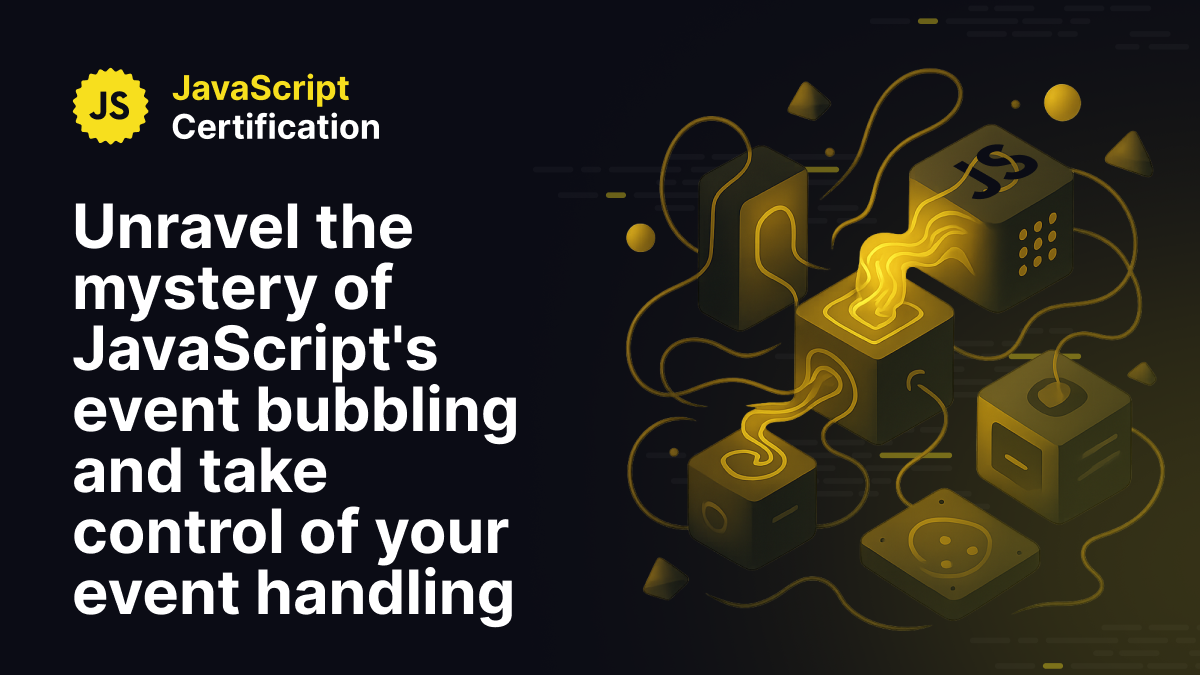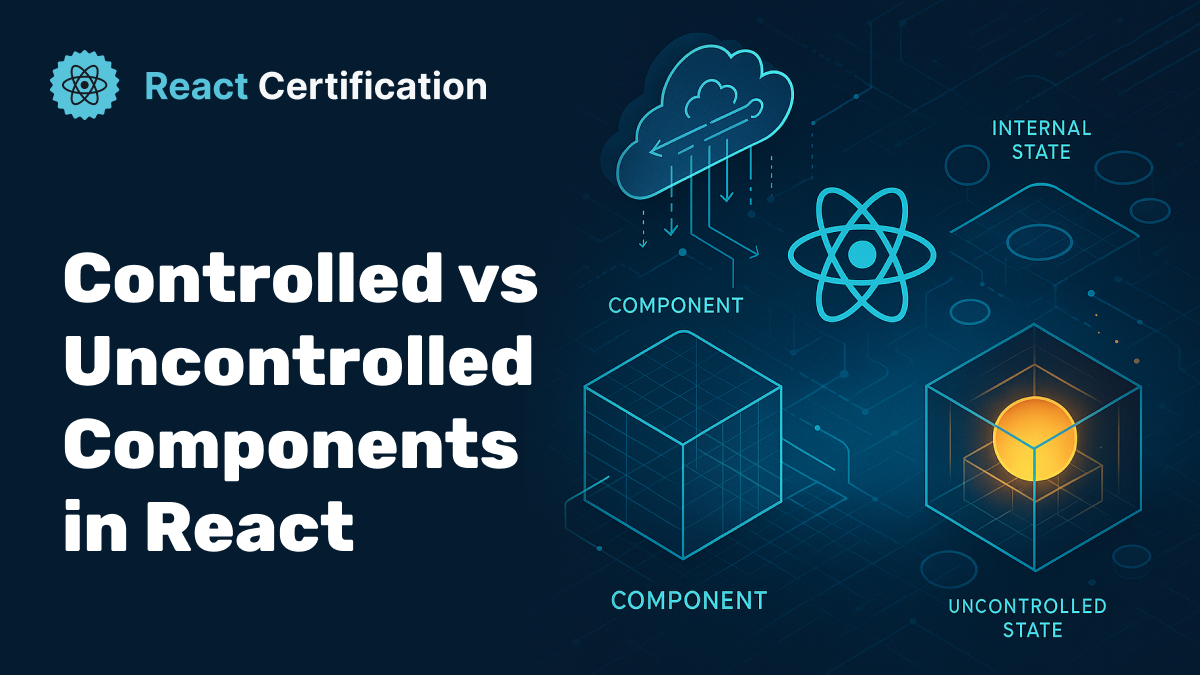
Unravel the mystery of JavaScript's event bubbling and take control of your event handling
Ever clicked a button and had unexpected things happen to its parent elements? You might have just witnessed the magic (or mischief!) of JavaScript's event bubbling. It's a core concept that, once understood, will save you headaches and help you debug event-related issues.
Martin Ferret
October 8, 2025
What in the World is Event Bubbling?
Imagine you have a series of nested HTML elements, like Russian nesting dolls. When an event, say a click, occurs on the innermost doll (the target element), that event doesn't just stay there. Instead, it "bubbles up" through its direct parent, then its parent's parent, and so on, all the way up to the document object.
At each level of this journey, if an event listener is registered for that specific event type (e.g., a click listener), it will be triggered. This is event bubbling in a nutshell!
Why Should You Care? (The Practical Side)
Understanding event bubbling is crucial for preventing unintended side effects. Without knowing about bubbling, you might add an event listener to a parent element and wonder why it's also firing when you click on its children.
Let's See It in Action! (Code Examples)
Consider this simple HTML structure:

Now, let's add some JavaScript to demonstrate bubbling:

What happens when you click the "Child Button"?
Open your browser's console and click the "Child Button". You'll see:
Child button clicked!
Parent clicked!
Grandparent clicked!
This clearly illustrates the bubbling effect. The click event originated on the child button, then bubbled up to the parent div, and finally to the grandparent div, triggering all their respective event listeners.
Stopping the Bubbling: event.stopPropagation() vs. event.stopImmediatePropagation()
Sometimes, you don't want an event to bubble up. This is where event.stopPropagation() and event.stopImmediatePropagation() come in handy, though they have slightly different behaviors.
1. event.stopPropagation()
When called within an event listener, event.stopPropagation() prevents the event from propagating further up the DOM tree to parent elements.
Let's modify our previous example:

Now, when you click the "Child Button":
Child button clicked!
Notice that "Grandparent clicked!" is no longer logged. The event stopped bubbling at the parent element.
2. event.stopImmediatePropagation()
While event.stopPropagation() stops the event from bubbling up to parent elements, event.stopImmediatePropagation() goes a step further. If there are multiple event listeners attached to the same element for the same event type, stopImmediatePropagation() will not only prevent the event from bubbling up but also prevent any other listeners on that current element from being called. It effectively halts all further processing for that event, immediately.
Let's modify our original setup to show this:

When you click the "Child Button" with the code above:
Child button clicked (Listener 1)!
As you can see, "Listener 2" on the child, as well as the listeners on the parent and grandparent, are not triggered. This demonstrates stopImmediatePropagation()'s powerful effect of immediately halting all event processing for that event, both for other listeners on the same element and for bubbling up the DOM.
Embrace the Bubble!
Event bubbling is a fundamental concept in JavaScript event handling. By understanding how events propagate through the DOM, you gain better control over your application's behavior and prevent unexpected issues. Knowing when to use stopPropagation() and stopImmediatePropagation() gives you even finer control.
More certificates.dev articles
Get the latest news and updates on developer certifications. Content is updated regularly, so please make sure to bookmark this page or sign up to get the latest content directly in your inbox.

Nuxt UI: Unapologetically complete
Nuxt UI: The Shortcut You Don’t Have to Apologize For The component library that was built with developer experience in mind and solves accessibility and dependency management problems.
Reza Baar
Dec 12, 2025

Controlled vs Uncontrolled Components in React
Understanding controlled vs uncontrolled in React is about one question: who owns the state? Learn both meanings for form inputs and component design patterns.
Aurora Scharff
Dec 8, 2025

The 8 JavaScript Errors Every Developer Should Understand
Understanding JavaScript errors is essential for debugging efficiently. Discover the 8 native error types with clear explanations and practical examples.
Martin Ferret
Dec 5, 2025
Looking for Certified Developers?
We can help you recruit Certified Developers for your organization or project. The team has helped many customers employ suitable resources from a pool of 100s of qualified Developers.
Let us help you get the resources you need.

(a Cisco company)